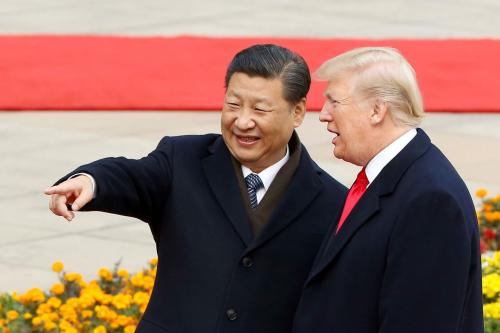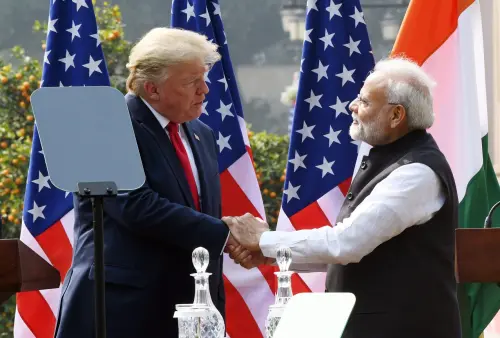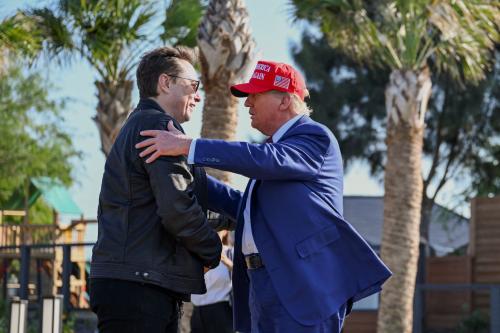In all the discussions flying back and forth about a possible US military strike in Syria, I’m struck by how rarely the issue of protecting civilians is raised.
When a national government is unable or unwilling to protect its people, the international community has a responsibility to do so. That, in a nutshell, is the essence of the ‘responsibility to protect’ (R2P) concept affirmed by more than 170 heads of state and government at the 2005 World Summit. However, there haven’t been many references to R2P since the 2011 intervention in Libya and it certainly isn’t now being promoted by the US administration as a response to the carnage in Syria. Similarly, for the past decade, ‘protection of civilians’ has been high on the agenda of the UN Security Council, but also seems completely divorced from discussions of possible military intervention in Syria. It’s almost as though these three initiatives – R2P, protection of civilians and military intervention in Syria – are three parallel and unrelated tracks. But if protection of civilians is to mean anything, it should apply to Syria. After all, more than 100,000 Syrians have died, at least 6 million have been displaced and the civil war rages on with no end in sight.
When the international community is unwilling or unable to stop the violence or to protect civilians affected by violence, humanitarian actors are usually called to step into the breach. Presently, international humanitarian agencies and local (and usually unrecognized) groups are doing brave, courageous work in delivering humanitarian relief to Syrians in incredibly difficult circumstances. Providing food and medicine is life-saving work, but it is not the same as keeping people safe.
So how do people maintain their safety when their governments can’t or won’t protect them and when the international community is unable to do so? The answer is that they do the best they can to protect themselves. Community self-protection is the first line of defense for threatened people the world over. They use different strategies. In some countries, for example, displaced persons protect themselves by laying landmines around their homes at night or frightened civilians turn a son over to armed actors to ensure the safety of the family. In other countries, paying bribes to armed actors can be an effective protection strategy. Obviously these strategies don’t always work nor are they strategies that international agencies feel comfortable supporting.
Displacement is a survival strategy presently being used by perhaps a third of Syria’s population. The lucky ones are able to cross borders as refugees into neighboring countries; while they face many hardships, by and large they are safe, or at least safer than they were in Syria.
In a recently-released report on self-protection strategies, the Stimson Center analyzed some of the ways that civilians protect themselves in a different part of the world, the Democratic Republic of the Congo. The report details a wide range of strategies used (with varying degrees of success) ranging from taking up arms to prayer. While there is no systematic information on the self-protection strategies presently being used by Syrians, a few things seem obvious. We know that whenever conflict is widespread, people protect themselves by fleeing. Displacement is a survival strategy presently being used by perhaps a third of Syria’s population. The lucky ones are able to cross borders as refugees into neighboring countries; while they face many hardships, by and large they are safe, or at least safer than they were in Syria. Those who are displaced within the borders of the country are usually not as safe as refugees, but are often better off than those who aren’t able to escape. For those who can’t move out of harm’s way – perhaps because they are ill, elderly or taking care of a an immobile family member or because they simply do not have the money – they may try to survive by hiding, paying bribes, or simply keeping their heads down.
Another common self-protection strategy that is being used in Syria is the creation of local defense groups and community patrols. I was struck in reading Ken Pollack’s recent report on the military dynamics of the Syrian civil war that while there are an estimated 100,00-150,000 military forces in the opposition, only 35,000 or so can be relied on to fight outside of their communities. Clearly, Syrians are turning to local community patrols (or militias) to protect themselves.
Given the ongoing violence and deterioration of the economy, many Syrians are surviving today through a strategy not often recognized as protection in international circles: remittances from the diaspora. As many as 18 million Syrians live outside the country. The money they send back to relatives and friends is undoubtedly keeping people alive, not only by providing life-saving food and medical care, but also by providing funds to help people get out of danger or to pay for protection.
How can the international community support these self-protection strategies? First, keep the borders open and do everything possible to ensure that those who make it across national borders are safe. This means supporting host governments – Lebanon, Jordan, Turkey, and others. Second, support the humanitarian groups working inside Syria – the International Committee for the Red Cross, the Syrian Arab Red Crescent, international NGOs and local agencies. Third, support the diaspora groups that are working inside Syria. Fourth, support those groups collecting data inside Syria on human rights violations and atrocities. While the evidence on the deterrent power of justice processes is at best mixed, it is possible that the threat of eventual trials can deter some abuses against civilians.
Given the multitude of threats facing civilians in Syria, these efforts seem insufficient. But when a national government cannot protect its people and when the international community is unwilling to intervene with the intention of protecting civilians, communities have to rely on their own resources. These self-protection strategies need to be understood, affirmed and supported to the extent possible.
The Brookings Institution is committed to quality, independence, and impact.
We are supported by a diverse array of funders. In line with our values and policies, each Brookings publication represents the sole views of its author(s).



Commentary
Who Is Protecting Civilians in Syria?
September 10, 2013